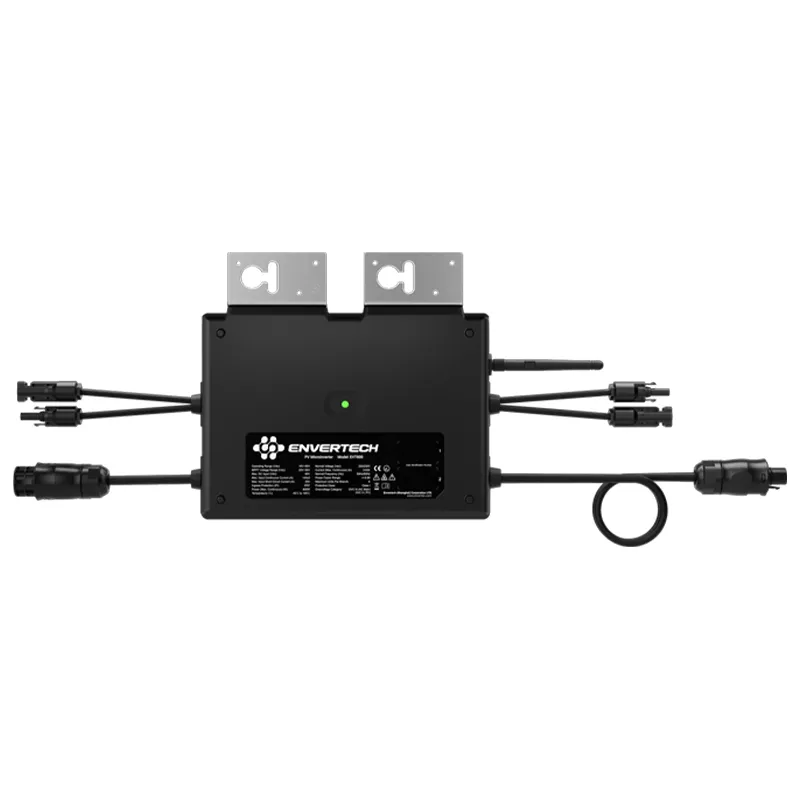off grid 10 kw
Exploring Off-Grid Living with a 10 kW System
In recent years, the concept of off-grid living has gained popularity among those seeking a sustainable and self-sufficient lifestyle. The essence of going off-grid is to disconnect from centralized utility systems, providing individuals and families the freedom to generate their own power, manage their resources, and ultimately, reduce their environmental footprint. One of the critical components of off-grid living is having a reliable energy system, and a 10 kW power system is often seen as an ideal solution for households looking to achieve energy independence.
A 10 kW off-grid power system typically consists of solar panels, a battery storage system, inverters, and potentially a backup generator. Let’s delve into each of these components and discuss their importance in this autonomous energy model.
Solar Panels The Heart of the System
Solar panels are the primary source of energy generation in an off-grid system. A 10 kW solar array, consisting of a sufficient number of photovoltaic (PV) panels, can produce approximately 12,000 to 15,000 kWh of electricity annually, depending on geographic location and panel efficiency. This level of generation can comfortably support an average household's electricity demands for heating, cooling, lighting, and powering appliances.
The choice of solar panels is crucial; homeowners should consider factors such as efficiency, durability, warranty, and cost. High-quality panels with good efficiency ratings will maximize energy production, providing more power for less space.
Battery Storage Ensuring Reliability
One of the challenges of relying on solar energy is its intermittent nature. The sun doesn’t shine 24/7, and energy consumption can often peak at night or during cloudy days. This is where battery storage becomes essential. A battery storage system allows for the excess energy generated during sunny days to be stored for use when solar production is low.
For a 10 kW system, a battery bank with the capacity to store between 20 kWh to 40 kWh would be ideal, depending on the household's energy consumption patterns. Lithium-ion batteries are becoming a popular choice due to their longer lifespan and higher energy density compared to traditional lead-acid batteries. Investing in a robust battery storage solution ensures that off-grid individuals have a steady power supply, regardless of weather conditions.
off grid 10 kw

Inverters Powering Household Appliances
Inverters are another essential component, converting the direct current (DC) generated by solar panels and stored in batteries into alternating current (AC), which is what most household appliances require. For a 10 kW system, a high-quality inverter capable of handling peak loads while maintaining efficiency is necessary. Advanced inverters not only optimize energy use but also offer smart functionalities, such as monitoring energy production and consumption through mobile applications.
Backup Generators Preparing for the Unexpected
While a 10 kW solar power system with battery storage may meet the energy demands for the majority of the time, it's wise to incorporate a backup generator. Generators serve as a fail-safe during prolonged periods of low sunlight, ensuring that there’s always a source of power available. Homeowners often opt for propane or diesel generators, which can automatically kick in when battery levels drop below a certain threshold.
The Financial and Environmental Benefits
Transitioning to an off-grid lifestyle with a 10 kW system can lead to significant long-term savings on electricity bills. Although the upfront investment can be substantial, federal and state incentives can offset initial costs. Furthermore, once the system is paid off, the ongoing costs diminish, making it a financially sustainable choice.
From an environmental perspective, going off-grid with a solar energy system significantly reduces carbon emissions. With concerns over climate change and fossil fuel consumption, utilizing renewable energy sources becomes an essential part of the solution. Living off-grid not only benefits the individual or family but contributes positively to the environment as well.
Conclusion
In conclusion, a 10 kW off-grid power system represents a significant step towards energy independence and sustainable living. With the integration of solar panels, battery storage, inverters, and backup generators, individuals and families can create a resilient and reliable energy solution that meets their unique needs. As more people seek eco-friendly options and autonomy over their energy resources, the off-grid revolution is likely to continue growing, paving the way for a more sustainable future.
-
Unlocking Energy Freedom with the Off Grid Solar InverterNewsJun.06,2025
-
Unlock More Solar Power with a High-Efficiency Bifacial Solar PanelNewsJun.06,2025
-
Power Your Future with High-Efficiency Monocrystalline Solar PanelsNewsJun.06,2025
-
Next-Gen Solar Power Starts with Micro Solar InvertersNewsJun.06,2025
-
Harnessing Peak Efficiency with the On Grid Solar InverterNewsJun.06,2025
-
Discover Unmatched Efficiency with the Latest String Solar InverterNewsJun.06,2025







